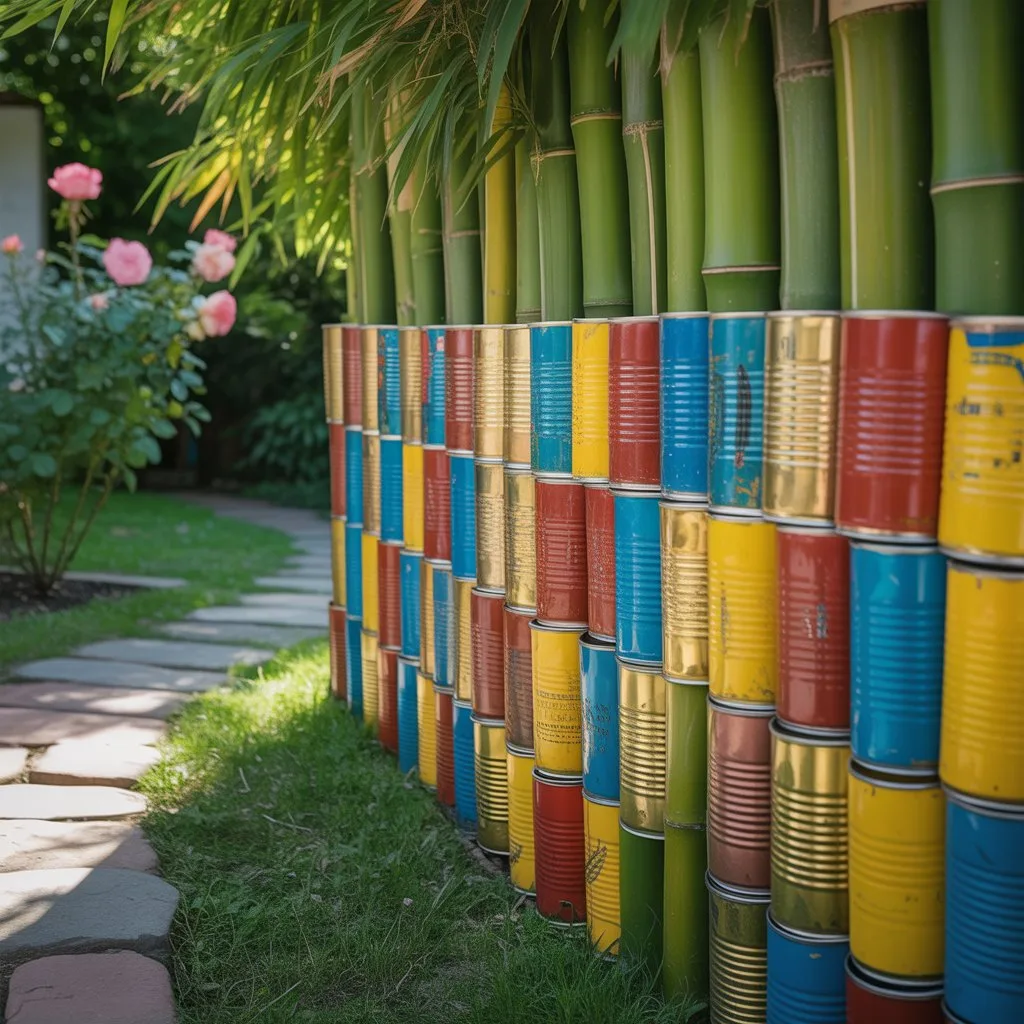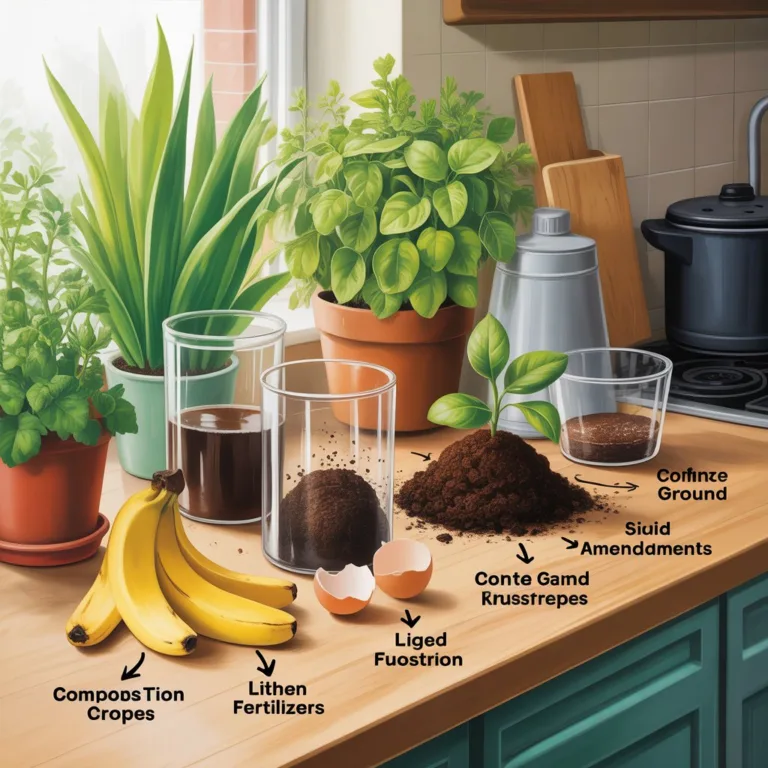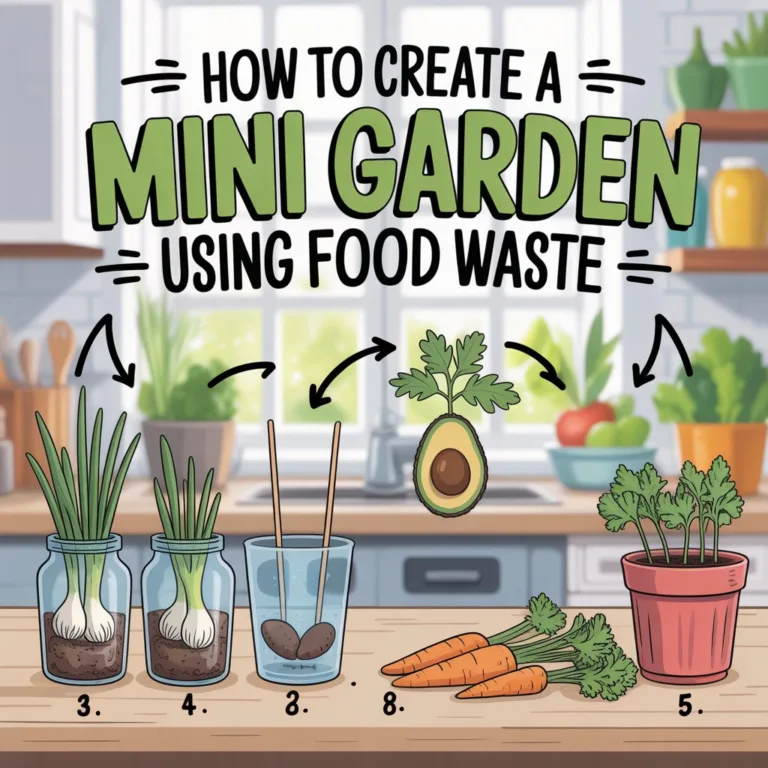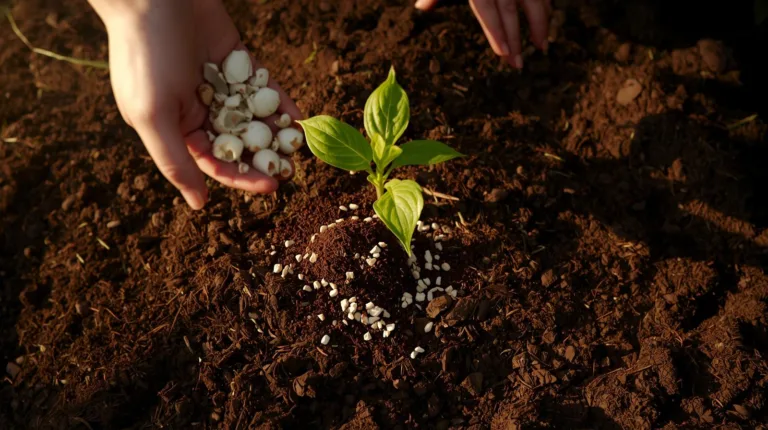A sustainable lifestyle often starts with the smallest choices—those creative, mindful actions that merge functionality with eco-consciousness. Building your own garden fence from bamboo and cans is one of those rewarding projects that perfectly blends creativity, recycling, and sustainability. Beyond being a decorative feature, this handmade fence can define spaces, protect plants, and reduce waste that would otherwise end up in landfills.

By combining two of the most eco-friendly materials available—bamboo and aluminum—you can design a structure that is both sturdy and artistic. This project doesn’t require expensive tools or complex skills. All it takes is a willingness to repurpose everyday materials into something beautiful and functional. Whether you live in a large suburban home or a compact urban apartment with a balcony garden, this DIY idea can adapt to any space.
Why Choose Bamboo and Cans for Your Garden Fence
Bamboo is one of the fastest-growing plants on Earth and a renewable resource that is both strong and flexible. It naturally resists pests and moisture, making it a reliable material for outdoor projects. When combined with aluminum cans—lightweight, durable, and readily available—you create a structure that is not only environmentally responsible but also visually distinctive.
Using recycled materials gives your garden a character that can’t be replicated by mass-produced fences. Each section of bamboo and each can carries a story—perhaps the remains of a summer picnic, a family gathering, or your favorite drink. These personal touches turn your garden into a space filled with both meaning and sustainability.
Planning Your Eco-Friendly Fence
Before you begin, think about the purpose your fence will serve. Are you creating a boundary to protect your plants from pets? Or perhaps a decorative edge to add structure to your flower beds? The design will depend on your needs.
For a full boundary, you may want taller bamboo poles arranged closely together. For decorative borders, shorter poles combined with can panels can create visual rhythm and color. Planning the layout helps determine how much bamboo and how many cans you’ll need, as well as what kind of assembly method fits best—whether you’ll tie, wire, or glue the pieces together.
Sketching your design is helpful, even if it’s just a quick drawing. This step ensures you visualize proportions, spacing, and style before starting construction.
Preparing the Bamboo
Harvesting or sourcing bamboo responsibly is key. If you have access to local bamboo, cut the stalks during the dry season to prevent splitting. If you’re purchasing, look for sustainably sourced poles from hardware stores or garden suppliers.
Once you have the bamboo, clean it with mild soap and water, then let it dry completely. You can treat it with natural sealants such as linseed oil or beeswax to increase its resistance to weathering. These eco-friendly finishes protect the bamboo without adding harmful chemicals to your garden ecosystem.
Cut the bamboo into sections based on your fence design—uniform lengths for a polished look or mixed sizes for a more organic, artistic appearance.
Preparing the Cans
Cans are the playful part of this project. They bring color, metallic shine, and texture to the design. Clean each can thoroughly and remove labels by soaking them in warm water. If desired, paint them with non-toxic, outdoor-safe paints to match your garden’s color scheme or leave them metallic for a reflective, industrial look.
Flattened cans can be used as decorative panels between bamboo poles, while whole cans can act as planters or sound elements that tinkle gently when the wind blows. Be sure to file or cover any sharp edges with folded tape or soft binding to ensure safety, especially if children will be nearby.
Creativity is limitless here—you can mix different can sizes and designs to create patterns, stripes, or mosaics.
Building the Structure
Start by preparing the ground. Mark where your fence will go and ensure the soil is firm enough to support the poles. For a simple setup, you can insert bamboo poles directly into the soil at equal intervals, securing them with twine, wire, or rope made from natural fibers.
To integrate the cans, you can attach them using wire or durable cord between poles. For example, string painted cans horizontally along the top of the fence for decoration, or create panels where flattened cans overlap slightly like metallic shingles.
If you want extra strength, consider using recycled wooden frames or metal rods to hold the bamboo poles in place. This structure provides stability and ensures your fence withstands wind or heavy rain.
Designing for Aesthetic Appeal
Functionality is important, but aesthetics make the project come alive. The beauty of bamboo lies in its natural tone and texture. You can enhance this by arranging poles in alternating heights or patterns such as zigzags or waves.
Meanwhile, cans can add splashes of color or reflect light beautifully. Painted designs, cut-out shapes, or even can lids arranged like small mirrors can transform your garden into a vibrant, dynamic space. Try mixing matte and metallic finishes or using cans of different hues to complement your plants.
Adding climbing plants like ivy or morning glory can create a living fence that grows around your bamboo and cans, softening the metallic texture and blending it harmoniously with nature.
Tips for Long-Lasting Results
- Weatherproofing: Use natural oils or eco-friendly varnishes to protect bamboo from moisture and UV rays.
- Rust Protection: Although aluminum cans resist rust, painted or sealed finishes will help them last even longer outdoors.
- Maintenance: Check the structure every few months for signs of wear or movement. Re-tie loose cords and replace any damaged materials.
- Flexibility: Because it’s modular, you can easily add new sections, repaint cans, or rearrange panels to refresh your design over time.
This adaptability ensures your fence evolves with your garden, staying both functional and attractive year after year.
Making It a Family or Community Project
This kind of sustainable crafting becomes even more meaningful when shared. Building a garden fence from bamboo and cans can be a wonderful group activity for families, schools, or community gardens. Children, especially, love participating in collecting cans, painting them, and arranging the layout.
Teaching kids to reuse materials not only nurtures creativity but also builds environmental awareness. They see firsthand how something discarded can become useful again. For community gardens, it’s a way to bring people together, combining artistic ideas and teamwork to enhance a shared green space.
Expanding the Concept Beyond Fences
Once you’ve mastered working with bamboo and cans, there’s no limit to what you can create. Use leftover materials to build matching garden decor: wind chimes, hanging planters, or trellises for climbing plants.
This consistency in material gives your outdoor area a cohesive, natural theme. It also minimizes waste since every leftover piece from one project becomes the beginning of another.
With imagination, your fence can become part of a broader eco-friendly garden design—a space where sustainability and beauty coexist naturally.
The Deeper Impact of Sustainable Crafting
Creating with recycled and renewable materials changes how we perceive consumption. Every bamboo pole you reuse and every can you repurpose keeps waste out of the environment and reduces demand for new resources.
This project is more than just a fence—it’s a statement of values. It reflects a conscious effort to live more harmoniously with the planet, choosing creativity and resourcefulness over convenience. Over time, these choices influence others, sparking new ideas for sustainable living within your circle and beyond.
Inspiring Future Projects
The process of crafting a bamboo and can fence often ignites inspiration for other eco-crafts. You might find yourself designing outdoor lamps from glass jars, benches from reclaimed wood, or irrigation systems from reused bottles. Once you begin viewing materials as potential rather than waste, your creativity expands endlessly.
Each project deepens your understanding of sustainability—not as a trend, but as a way of life built on respect for nature and mindful craftsmanship.
A Creative Invitation to Start Today
If you’ve been looking for a meaningful way to enhance your garden, this project offers the perfect mix of creativity, purpose, and simplicity. Building a garden fence from bamboo and cans allows you to express individuality while caring for the planet.
Gather some tools, invite a few friends or family members, and let your imagination shape something beautiful. The result will be more than just a functional structure—it will be a living expression of sustainability and artistry.
Every piece of bamboo and every can tells a story. Together, they become a reminder that creativity and environmental responsibility can flourish side by side. Start today, and let your garden reflect your commitment to a greener, more creative world.

Sofia Greenfield is a sustainable gardening expert and environmental educator who inspires families and urban gardeners to cultivate green spaces responsibly. She shares practical tips on growing vegetables, herbs, and flowers using eco-friendly and recycled materials, emphasizing the joy of gardening while protecting the planet.



